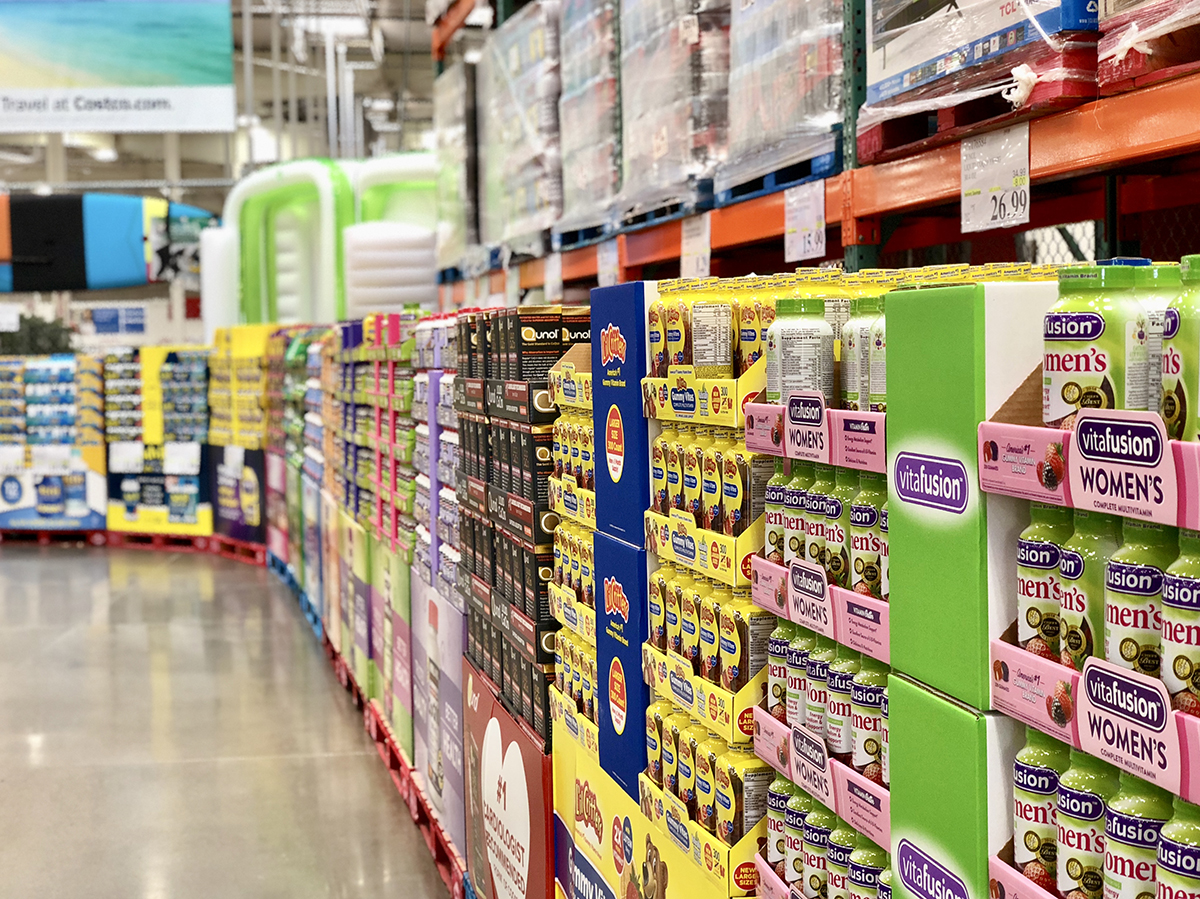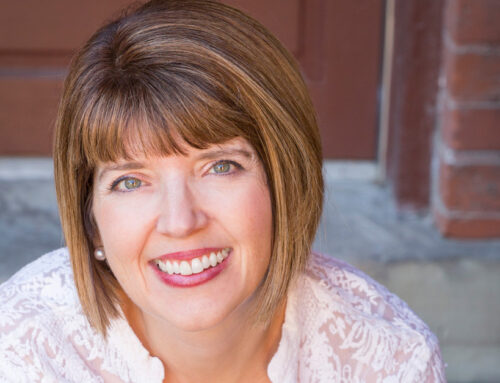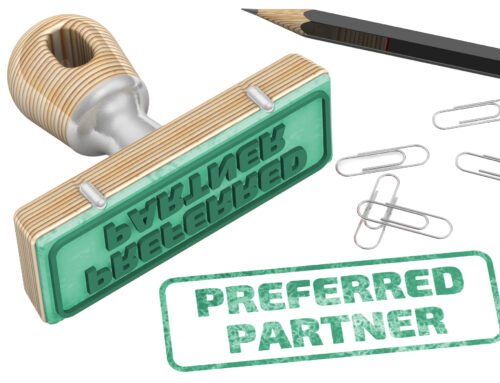From the recent explosion of same-day delivery to social shopping platforms, it’s not hard to see just how dramatically retail is changing. We’ve seen the rise of strictly online retailers move into the physical space and the news headlines are full of the “next big thing” of autonomous delivery vehicles, the fall of legacy brands, and what Amazon is doing on an hourly basis. There’s one trend in retail that is often overlooked: the rise of Costco, Sam’s Club, BJ’s and other warehouse clubs over the past two decades.
 In late 2015, the University of Chicago studied how the structure of the retail sector has changed over the last two decades, and, in a National Bureau of Economic Research paper, make the case that warehouse clubs have had a greater impact on the retail landscape than e-commerce. “The main forces shaping the retail landscape in recent decades have been the expansions of two formats: e-commerce and warehouse clubs. While both formats have been the subject of study and discussion, we find evidence that warehouse clubs have had to this point a greater effect on retail than e-commerce has,” says researchers Ali Hortaçsu and Chad Syverson, “this impact has been manifested in changes in the retail sector’s scale, concentration, dynamism, and urbanization.”
In late 2015, the University of Chicago studied how the structure of the retail sector has changed over the last two decades, and, in a National Bureau of Economic Research paper, make the case that warehouse clubs have had a greater impact on the retail landscape than e-commerce. “The main forces shaping the retail landscape in recent decades have been the expansions of two formats: e-commerce and warehouse clubs. While both formats have been the subject of study and discussion, we find evidence that warehouse clubs have had to this point a greater effect on retail than e-commerce has,” says researchers Ali Hortaçsu and Chad Syverson, “this impact has been manifested in changes in the retail sector’s scale, concentration, dynamism, and urbanization.”
With all of the doom and gloom reported on brick & mortar retail, warehouse clubs, like Costco, have found ways to overcome challenges and grow their business by sticking to their original business model while seeking ways to innovate and keep up with the pace of technological advances in the e-commerce world. “The business model for club warehouses varies from traditional retailers,” explains Simpactful Partner Todd Ruberg “the approach to winning business in club retailers centers on how they drive membership and member value. How a CPG supports that with their distribution recommendation and marketing plan will be critical” .
According to the University of Chicago report, between 2000 and 2013, Amazon saw an increase in U.S. sales of roughly $38 billion. During that same time period, Costco, reported that U.S. sales grew $50 billion, while Sam’s Club saw a $32 billion increase. The secret to the success of club retailers: Its relationships with its loyal members. In Q2 of 2018, the loyalty of Costco’s customer base showed up in the growth rates for the company’s membership fee revenue, which was higher by about 12.5%.
With a higher degree of member loyalty once a CPG brand is distributed in club, it’s not enough for brands to be awarded distribution, but work with clubs to keep distribution. The individual item distribution must grow.
“You have to set the marketing plan and drive sales in the warehouses once your product is in there. From demonstrations and in-store sampling to promotions in the mailers, CPG companies need to a different commitment level and plan to support products in clubs,” explains Sr. Consultant Mark Sjoboen, who led Costco’s first warehouse opening in Japan. Keeping distribution in clubs is highly competitive due do a limited SKU count and requirements for winning club distribution is sometimes uncharted territory for many CPG companies. Simpactful specializes in helping CPG companies plan from the start with clubs: getting and also keeping distribution. “The language that Costco uses is so different and I’ve been in so many meetings where people present their business and turn the buyer off with their language,” adds Sjoboen. “Warehouse clubs will be focused on creating value for their members, which often times leads to how items are retail priced” Adds Ruberg. “A key to growing and keeping distribution is a plan that drives that value but also pulls every efficiency lever to maintain profitability to the supplier”
The magic of club warehouses growth is that it isn’t reliant on what Kroger does with autonomous drivers or when Walmart lowers prices. Warehouse clubs remain largely apart from the fate of other retailers, and Costco, Sam’s and BJ’s don’t react like most retailers because of their unique business models and member loyalty.
How Simpactful can help you win and keep distribution at club warehouses:
- Deliver an overview to the channel/retailers that will help you understand their operating model, strategies, requirements, and current best examples of getting, growing, and keeping distribution.
- Profit building ideas and current best examples: how to optimize costs while also delivering value to the club’s members.
- Innovation processes for upstream planning: how to develop winning club SKUs with your planned initiative launches and how to avoid the costly “developing a club SKU later” mindset.
- Assess your current capabilities in getting and keeping club distribution by pinpointing highest priority improvement areas to succeed.
Reach out to the Simpactful team at email: contact@simpactful.com or 952-234-6394.
About Simpactful
Proven | Connected | Results
Meet Simpactful – a CPG/Retail consultancy firm built for today’s challenges, with a team of experienced leaders from both CPG and Retail firms.
Our experience spans functions – Sales, Marketing, Consumer Research, Human Resources, Product Supply – and all retail channels including eCommerce, Food, Drug, Mass, Club, Dollar, C Stores, and more.




